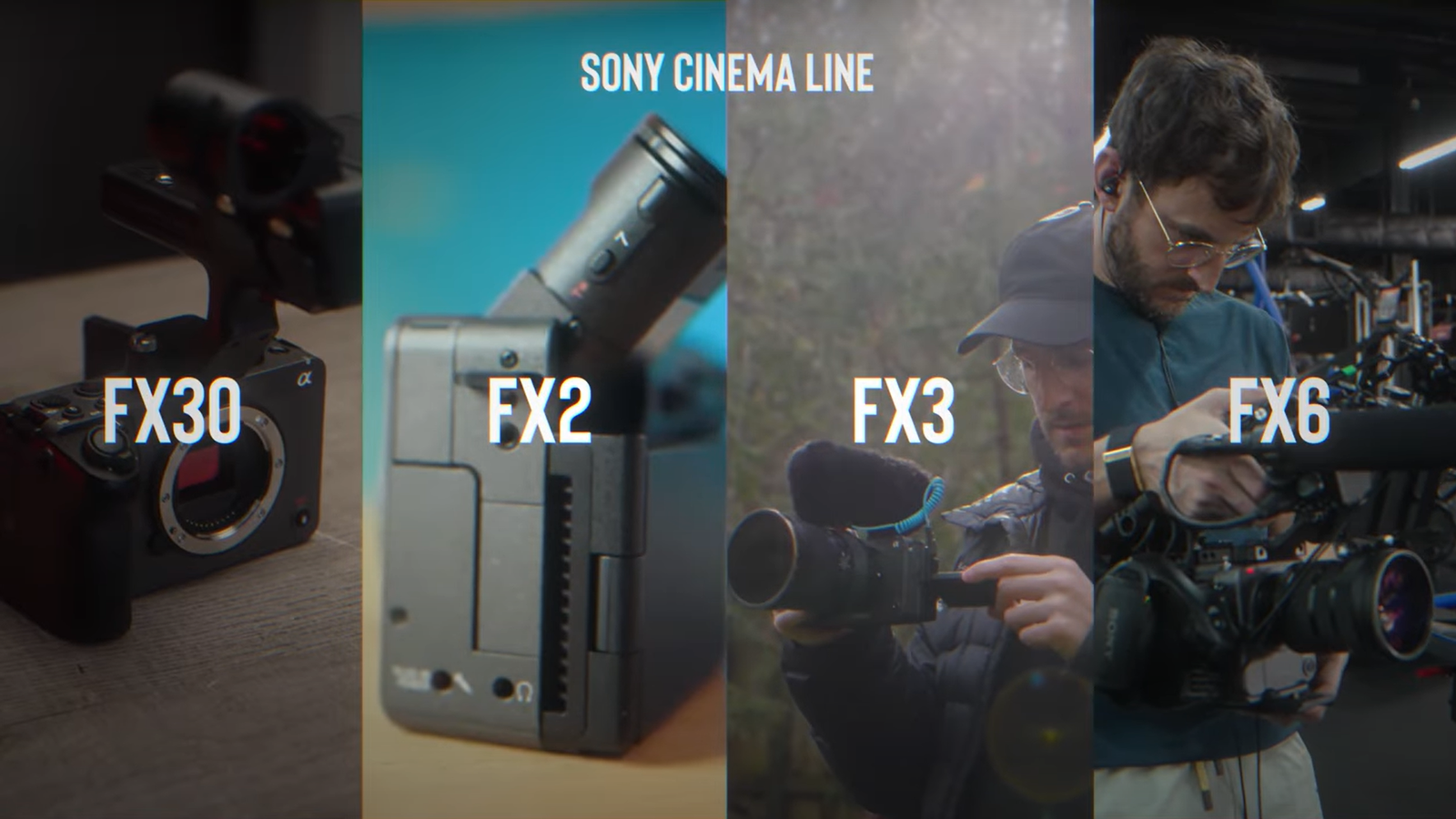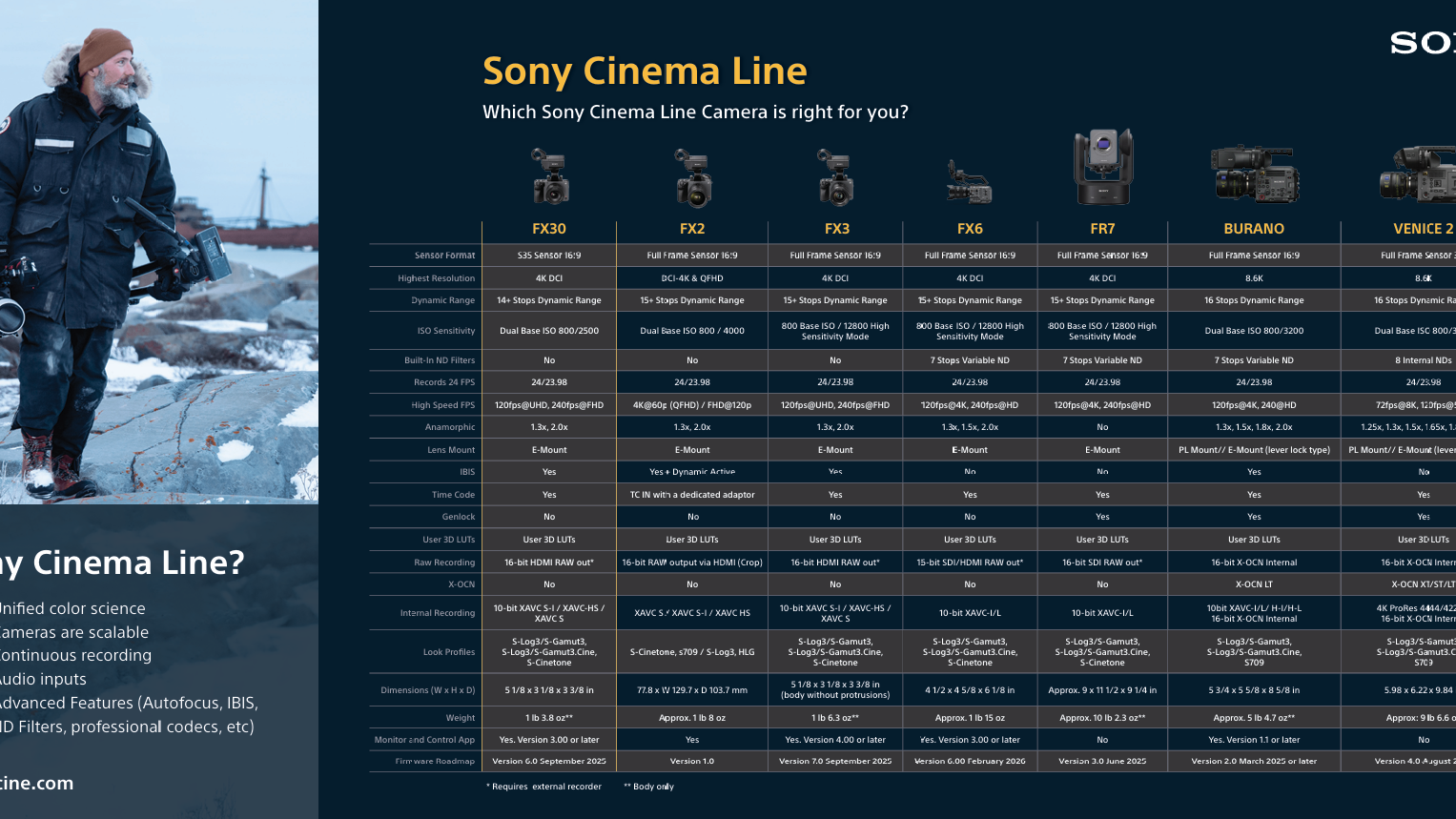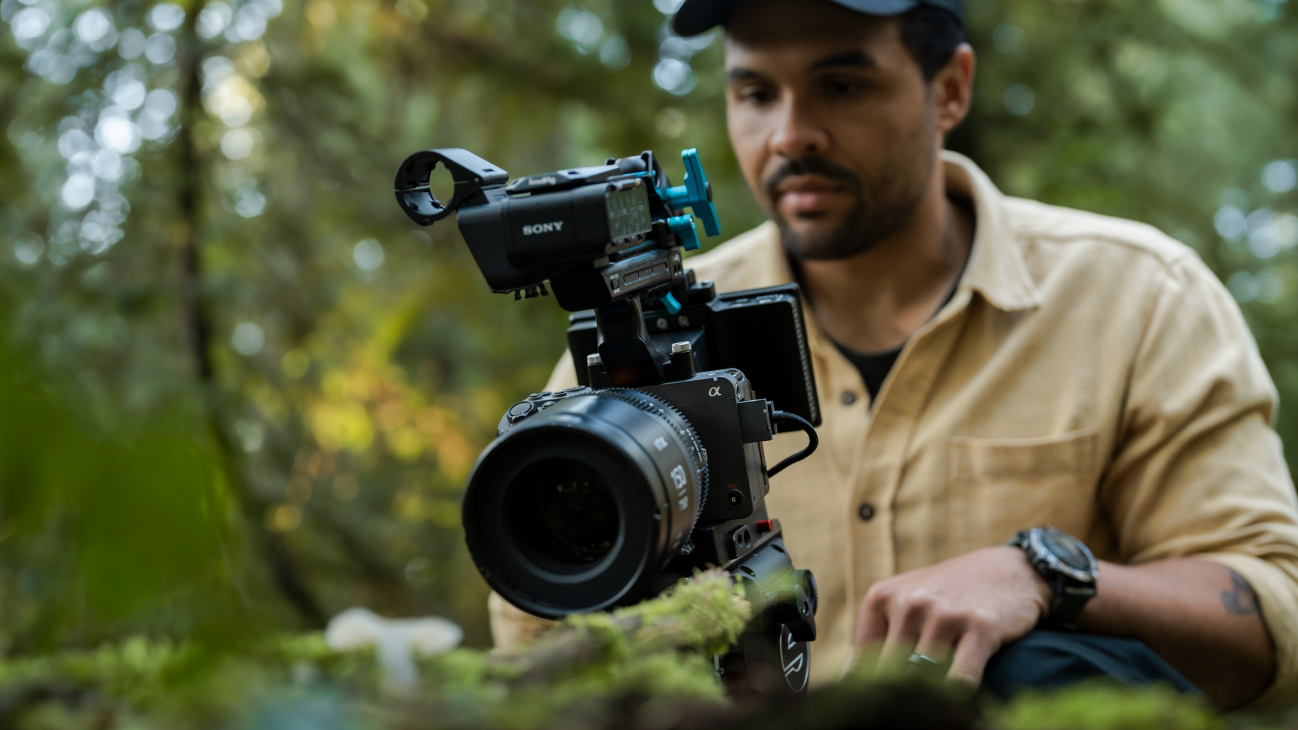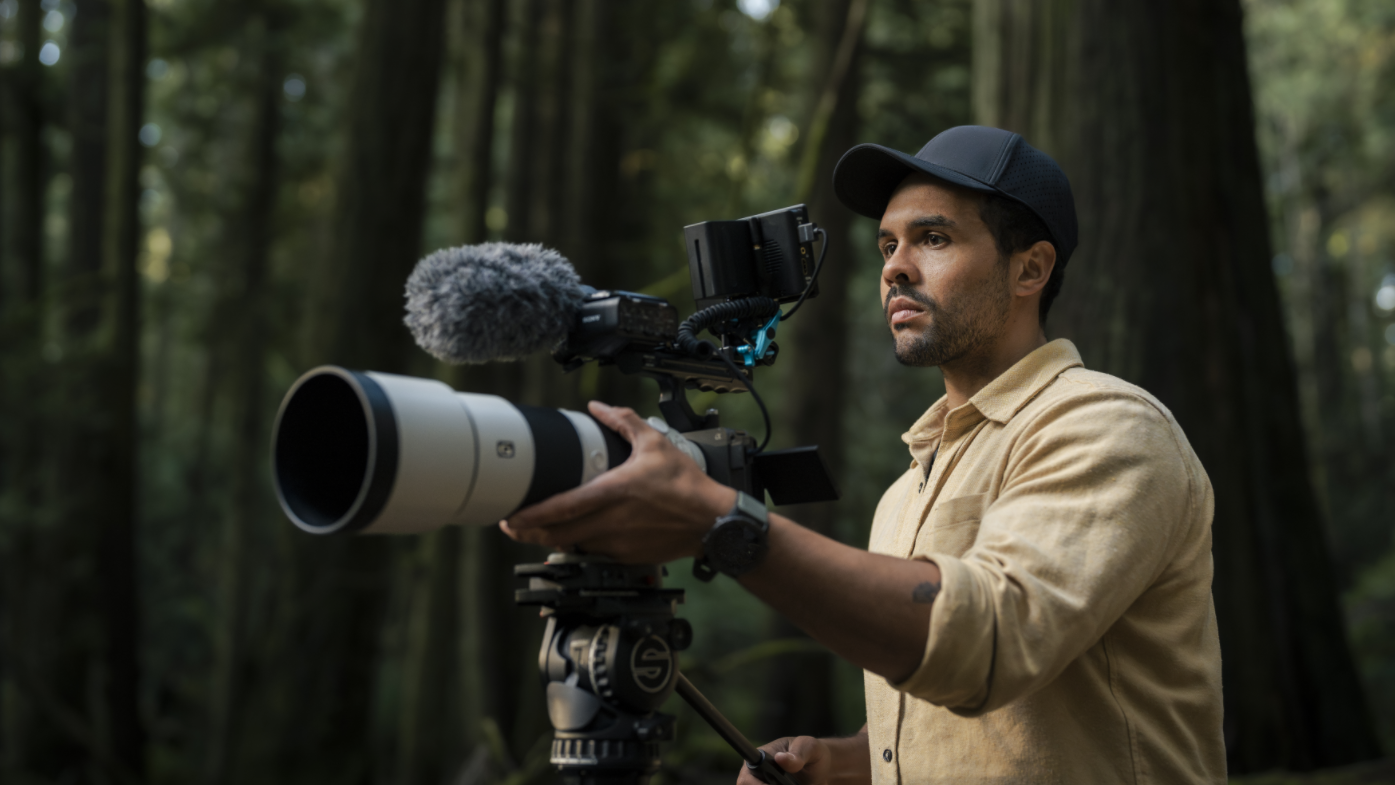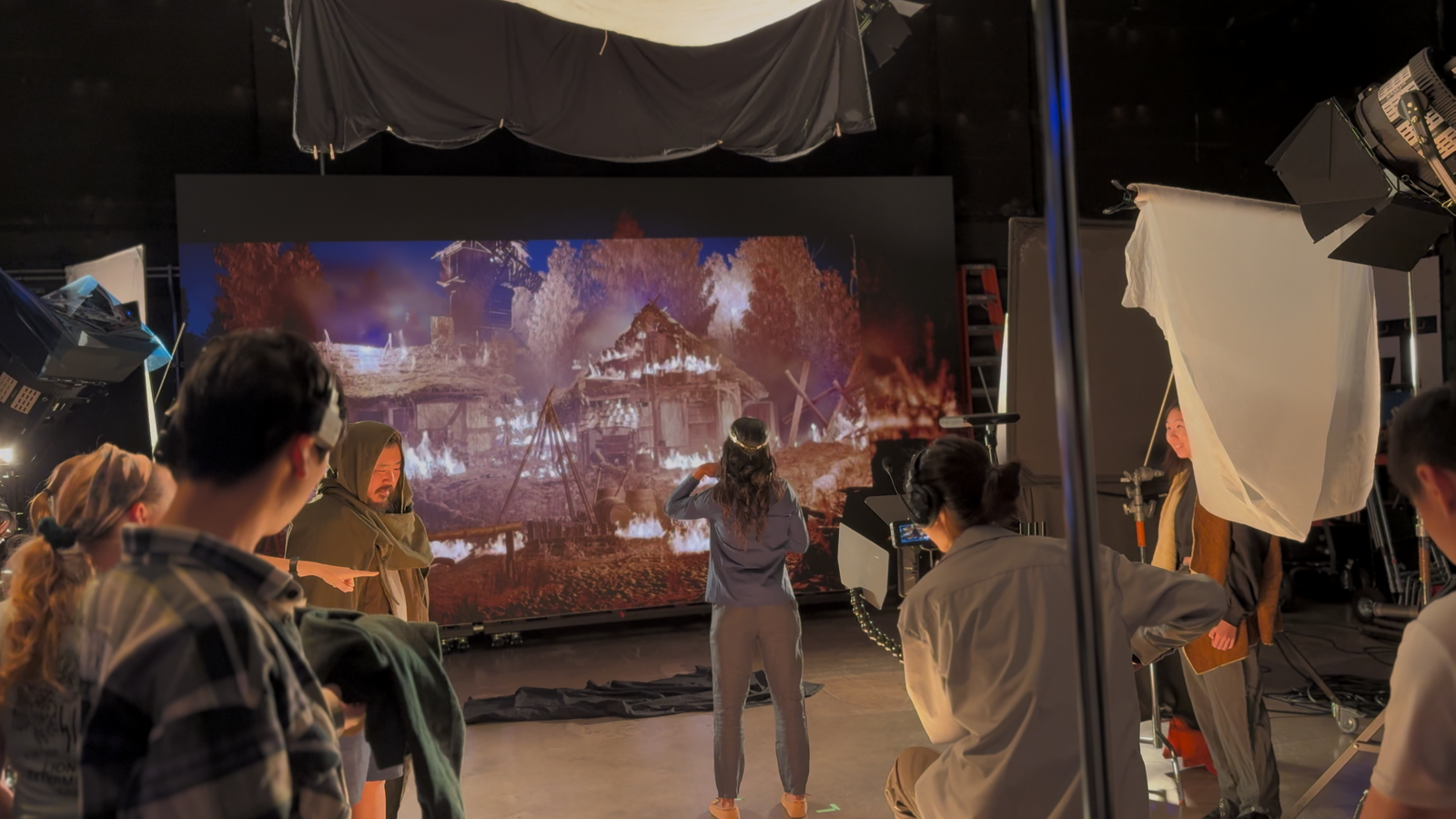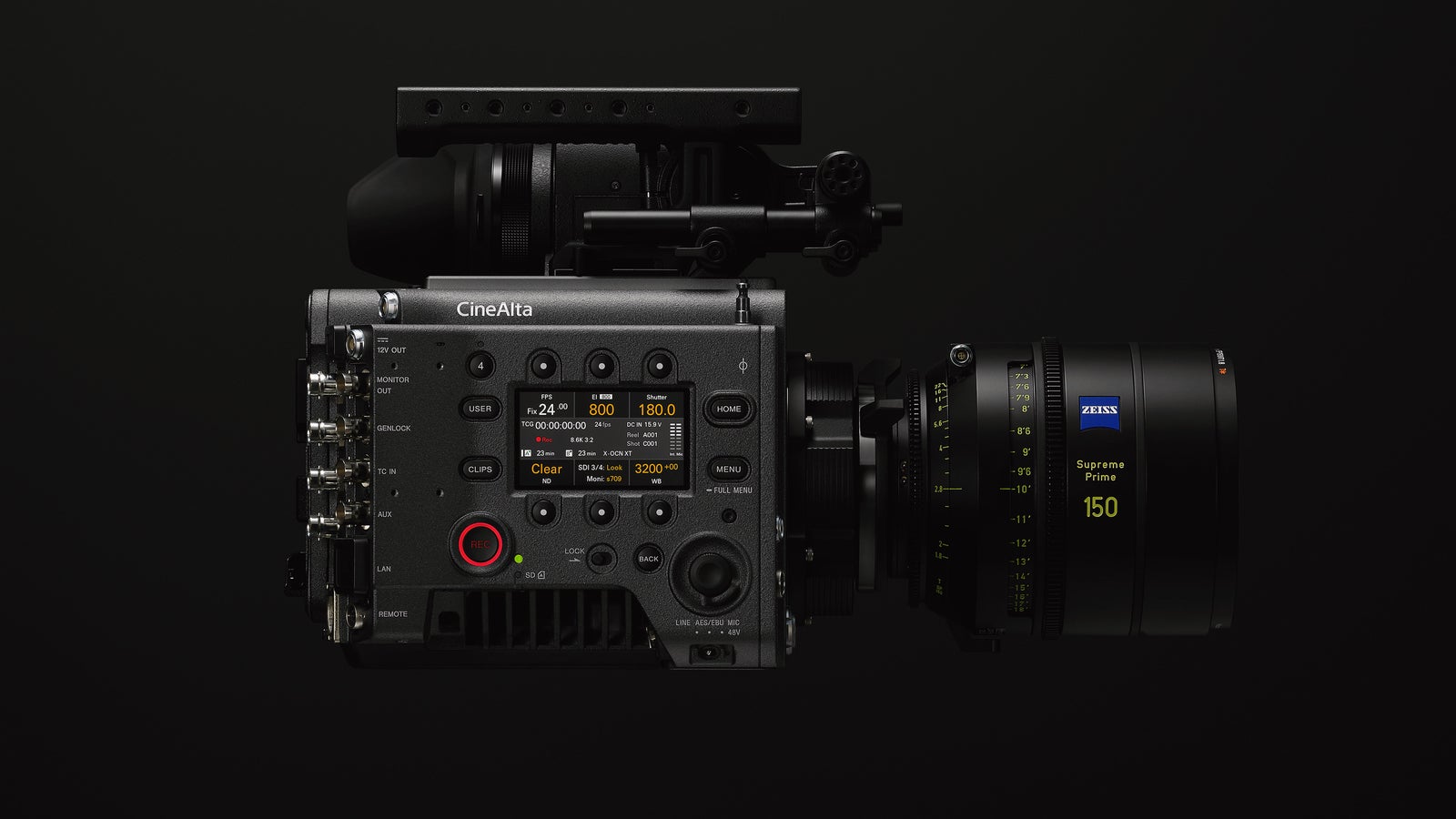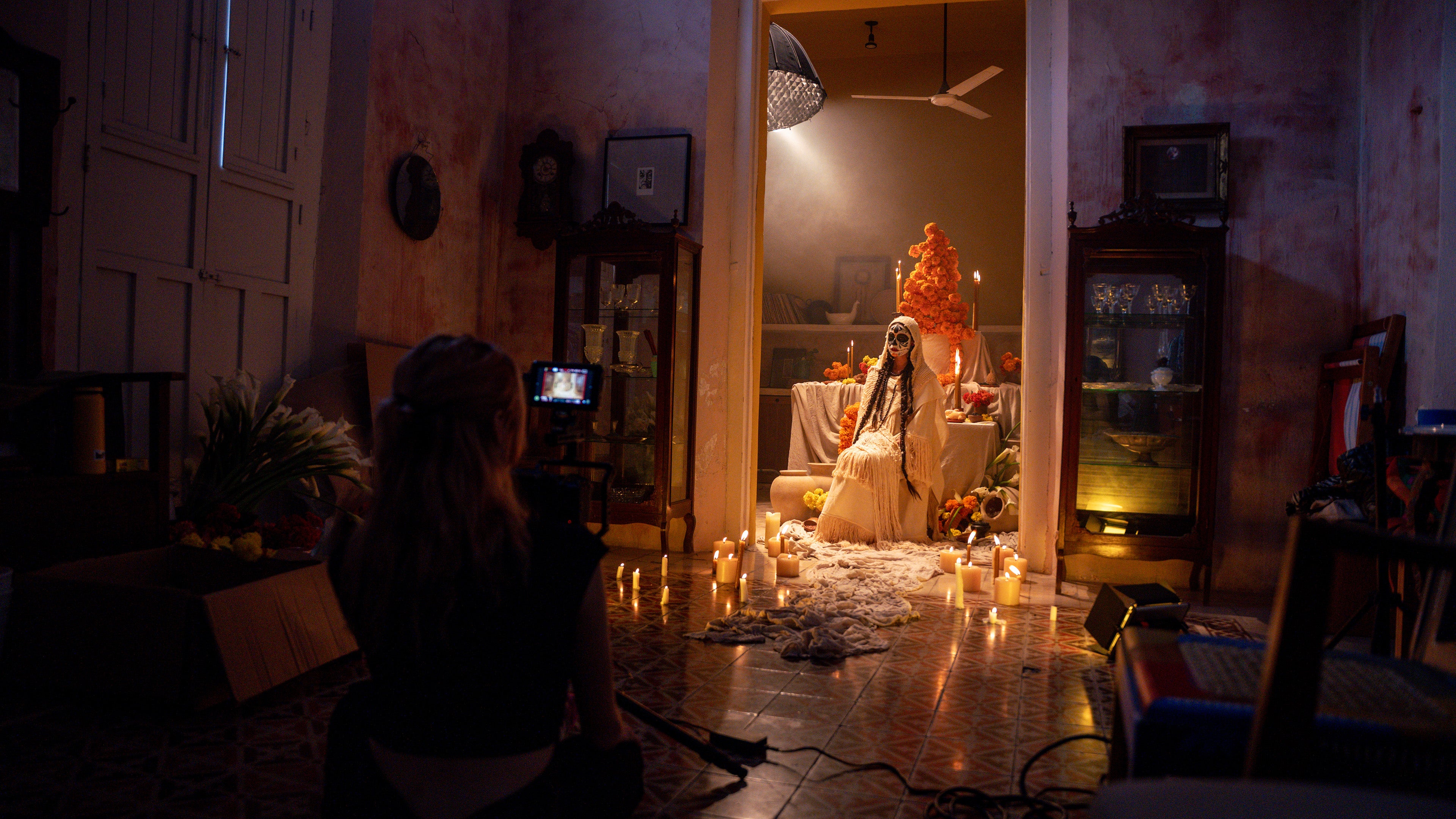
10-30-2025 - Filmmaker Interviews
Explore the Culture of Día de Muertos With Filmmaker Ivonne Arceo and the Sony FX30
By: Yaroslav Altunin
Día de Muertos is a tradition that celebrates those who have passed on. Observed throughout Mexico, and by people of Mexican heritage living around the world, it's an event that weaves culture and ancestry with color and traditional clothing.
To share more about this two-day celebration, filmmaker Ivonne Arceo, a native of Mérida, the capital of the Mexican state of Yucatán, joined Sony to craft an editorial take on Yucatán’s version of Día de Muertos. Using the Sony FX30, Arceo blended tradition and modern fashion with color and contrast, giving viewers an intimate insight into the tradition.
Sony Cine sat down with Arceo to learn more about Día de Muertos, what elements the filmmaker chose to explore, and how her trusty FX30 gave her the room to take creative risks.
Filmmaker Interview: Arceo's Journey From Writer to Filmmaker
Before finding a career in the visual medium, Arceo wanted to be a writer. Even though she loved watching movies, she said it never occurred to her that cinematography could be something that she could do or even want to do. But it was her first interaction with a camera that changed everything.
"I studied communications at my university, and when I got the chance to try, as a part of what I had to study, using a video camera, I couldn't let it go. I knew that that was it…I just fell in love with it," Arceo said. "I wanted to just do that. I didn't care about being in front of it or anything. It was a passion that just sparked."
Arceo ended up working for multiple creative agencies across Mérida, exploring not only fashion, but also editorial and documentary work. There was even a childhood desire to work for National Geographic that remained.
"I got the opportunity to do work for both [fashion and documentary] and, in a way, I think they really influenced each other," Arceo said. "I was told at the beginning that my fashion work was very documentary-like, and I thought that was funny because I also look for the beauty when working on documentaries."
Even as she embraced storytelling with a camera, it seemed that Arceo's desire to be a writer remained firm. It wasn't that she changed her mind; it was the medium that changed.
"I think that approach opened a lot of doors for me. It wasn't just about following the story, "Arceo added. "And I'm very grateful that a lot of people allowed me to just be there to see what I found beautiful and to capture that."
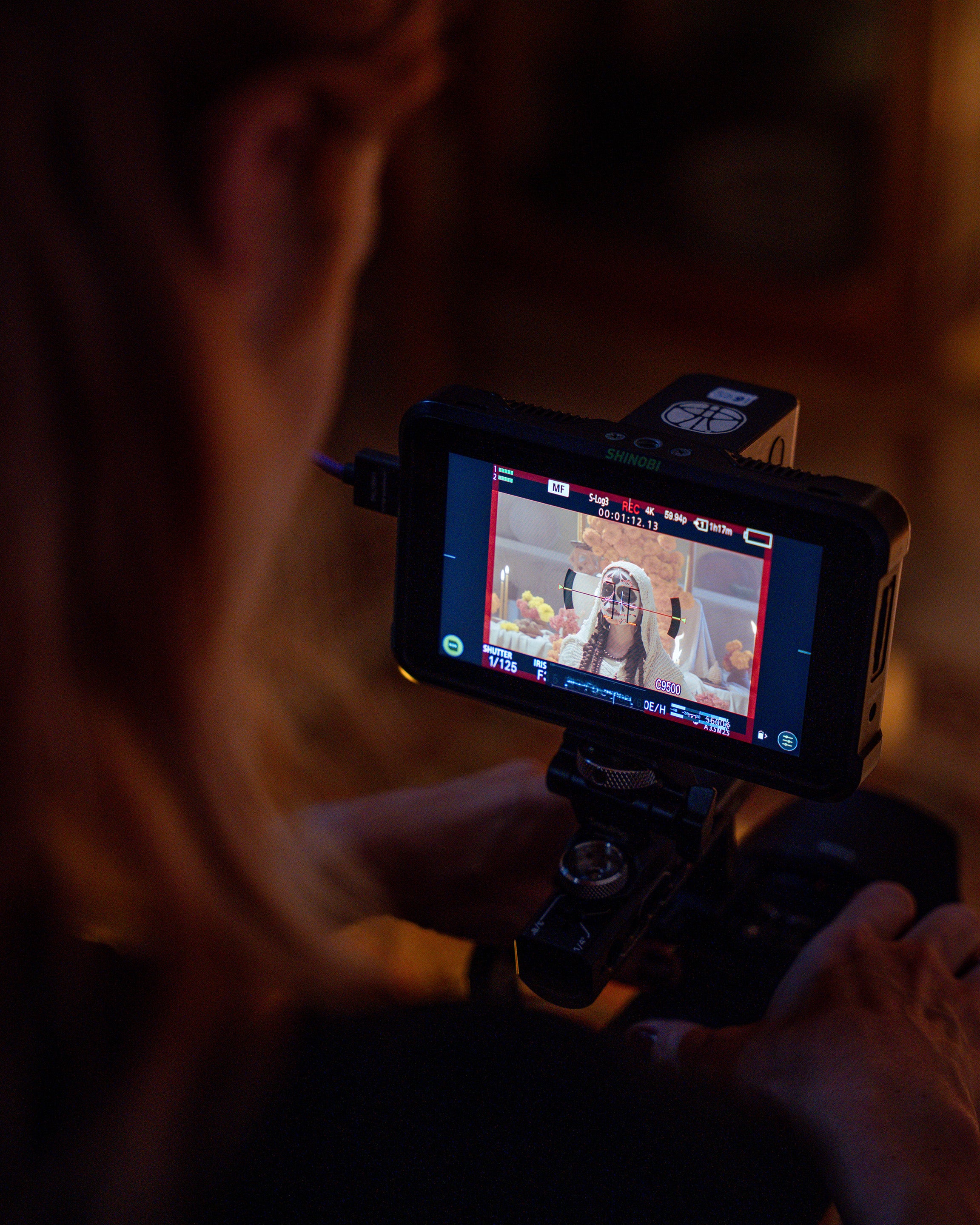
Filmmaker Interview: Arceo Explores Día de Muertos With the Sony FX30
As varied as Mexico and its inhabitants are, so is Día de Muertos. In Yucatán, differences in fashion, traditions, and even culinary tastes offer a unique experience that can't be found anywhere else.
"Día De Muertos gets celebrated very differently depending on the area you are in. Where I'm from, in Yucatán, we call it differently because it has its own name in the Mayan language," Arceo said. "It's called Hanal Pixán, and we do celebrate it differently than maybe in Michoacán or in Oaxaca."
"It felt like a really big responsibility because it was an amazing opportunity to show something so beautiful about my culture. But I wanted to do it justice, and at the same time, I wanted to do something that had to do with my work. That was very editorial."
Blending modern styles with traditional elements found in the clothes, colors, and fabrics of Día de Muertos and her community, Arceo collaborated with the artisans of Taller Mestizo, who under their clothing brand Mazehual, created three different looks for her subject — the Catrina, a prevalent character of Día de Muertos.
"They use artisanal techniques that come from the traditions of Yucatán, and they use those techniques in their designs," Arceo said. "One of the pieces, the first one, is their take on a very traditional piece of clothing from Yucatán that's called a huipil. Some of the material it's made from is the same that we use for the traditional hamacas."
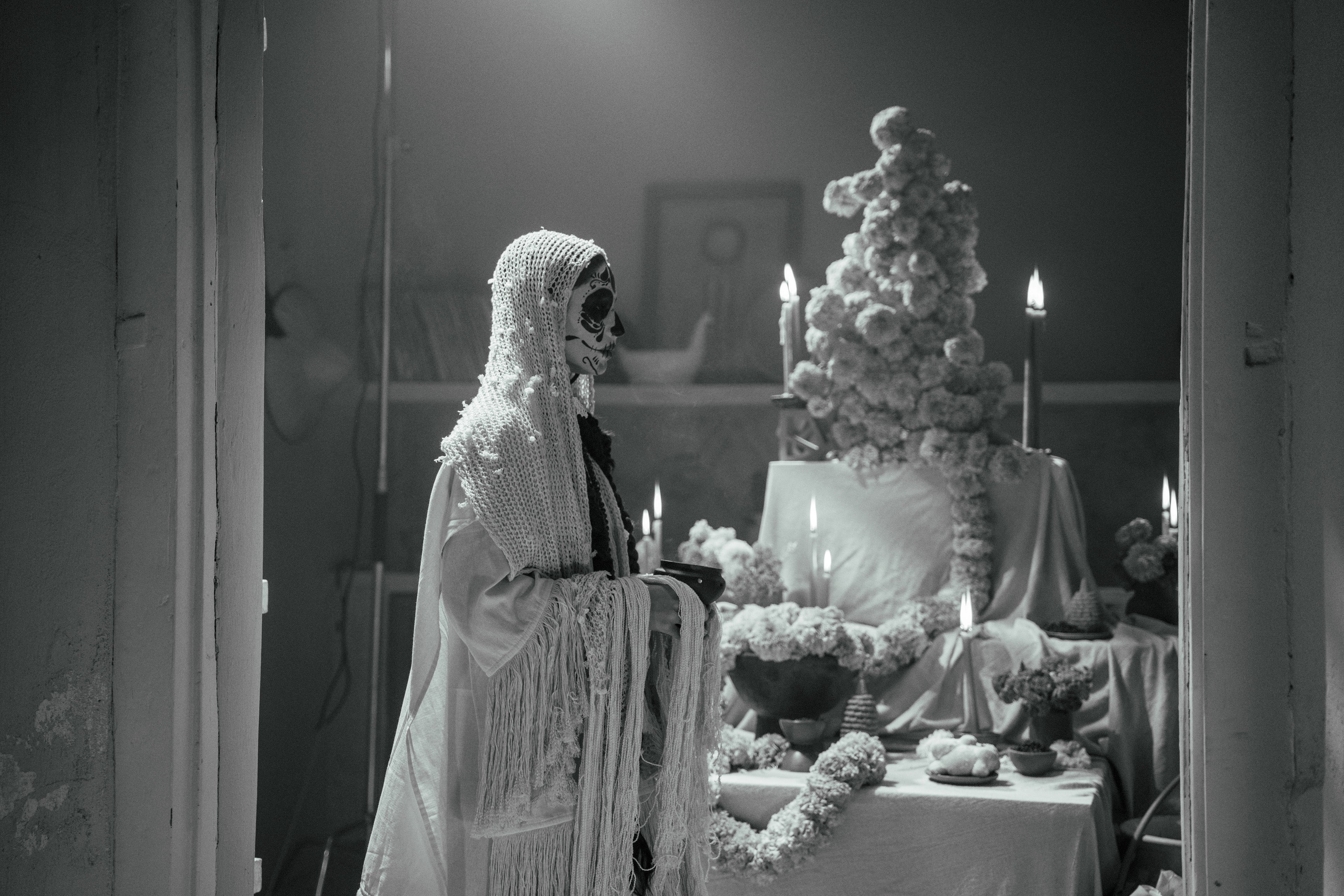
"The second look is a vest that was made out of fabric, but the idea is that it would look like the flower of the cempasúchil [known as the flower of the dead]," Arceo continued. "And the last look, the blouse and big skirt with the flowers in the hair is a more traditional look for the Catrina from the center of the country."
With limited time, Arceo wanted to go the extra mile and included these small details that highlighted the different variations of Día de Muertos found across Mexico.
"I wanted to use as much as possible to represent my culture," Arceo said. "So these little things felt so important."
Even more important was the altar that brought it all together. The central component of Día De Muertos, the altars connect those who have passed and those who are still living. Through it, family members can pay their respects, give offerings to their ancestors, and even share a meal.
"The idea is that when loved ones visit you, they can get the essence of what you put for them [on the altar]," Arceo said. "You put their favorite foods and favorite things, pan de muerto, the bread of the dead, flowers and candles, and the idea is that you share a meal with the people that are no longer here, but in a way they can enjoy."
"So I thought it was important that she would be putting up the offering on the altar before sitting before it," Arceo added. "That she would be constructing it before you could see the entire structure."
To capture the three looks, the altar, and the color of the cempasúchil flower with its unique orange hue, Arceo used her personal FX30, the first cinema camera she ever purchased.
"I really wanted to do this big contrast thing because of [Día de Los Muertos] and because of the personality that the Catrina brings," Arceo said. "I wanted it to have this aura, this presence. So I wanted to play with light and with the color."
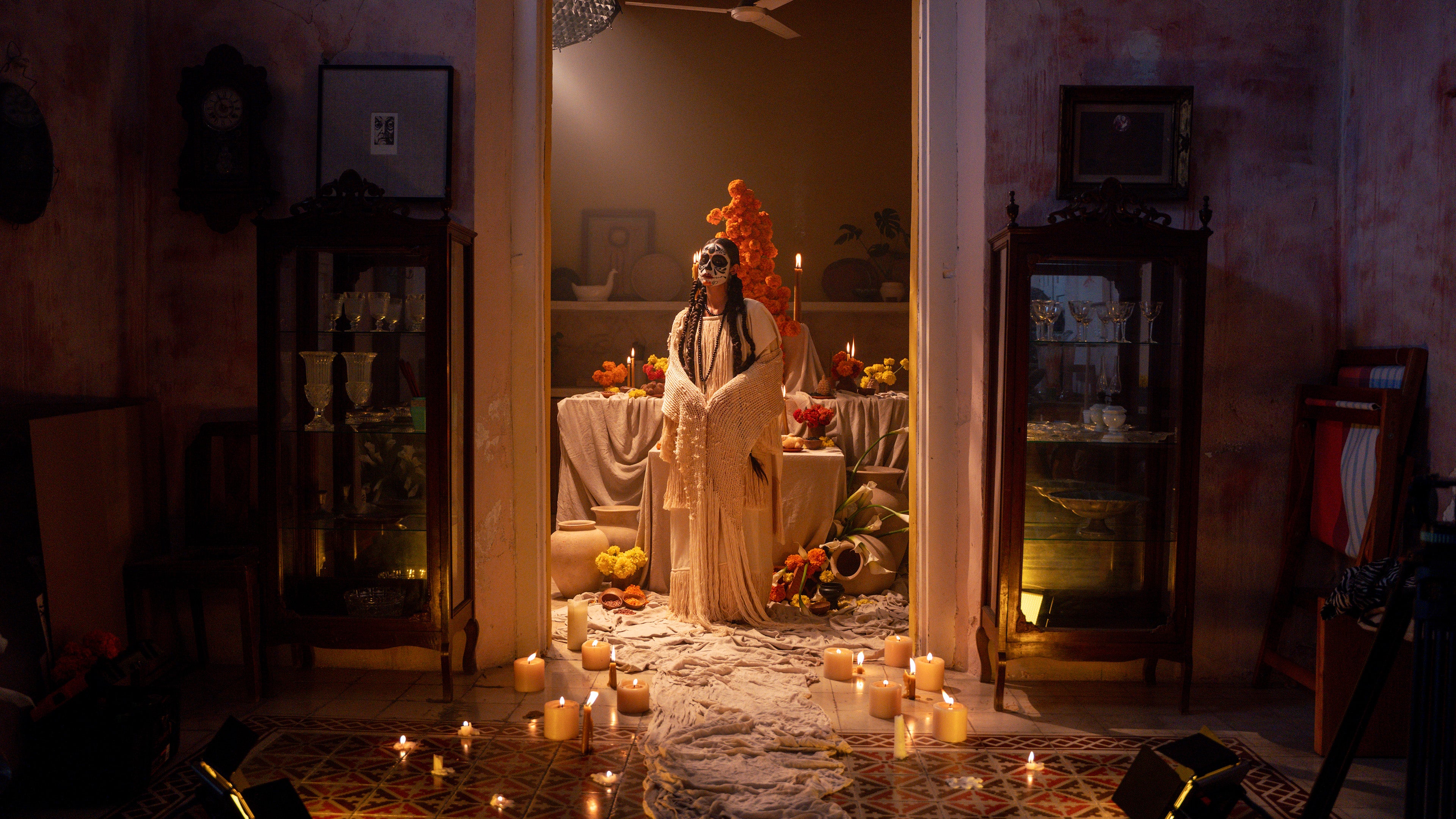
"The Fx30 was actually the first camera I got from the Cinema Line," Arceo added. "It was the one that opened this connection with Sony, so it's always going to be a very special camera to me. And now that I have the Sony 28-70mm f/2, I can push the base ISO of 2500 much more."
In order to embrace this contrast and light, Arceo shaped the scene with hard light, leaving some elements of the scene in shadow. With the FX30, the filmmaker found she could take more risks with her image and still capture all the visual components she saw.
"[The FX30] played really well with dark situations, and once in color correction, I could really play with the image without having problems with low lights or with dark tones," Arceo said. "The S-Log3 has done wonders for me. I actually learned my current color grading workflow from it, and I'm very comfortable with it.”
"It lets me play a lot. I'm amazed by how much I can change the color from what I did originally to what it can end up looking like. I think that is my favorite thing about it."
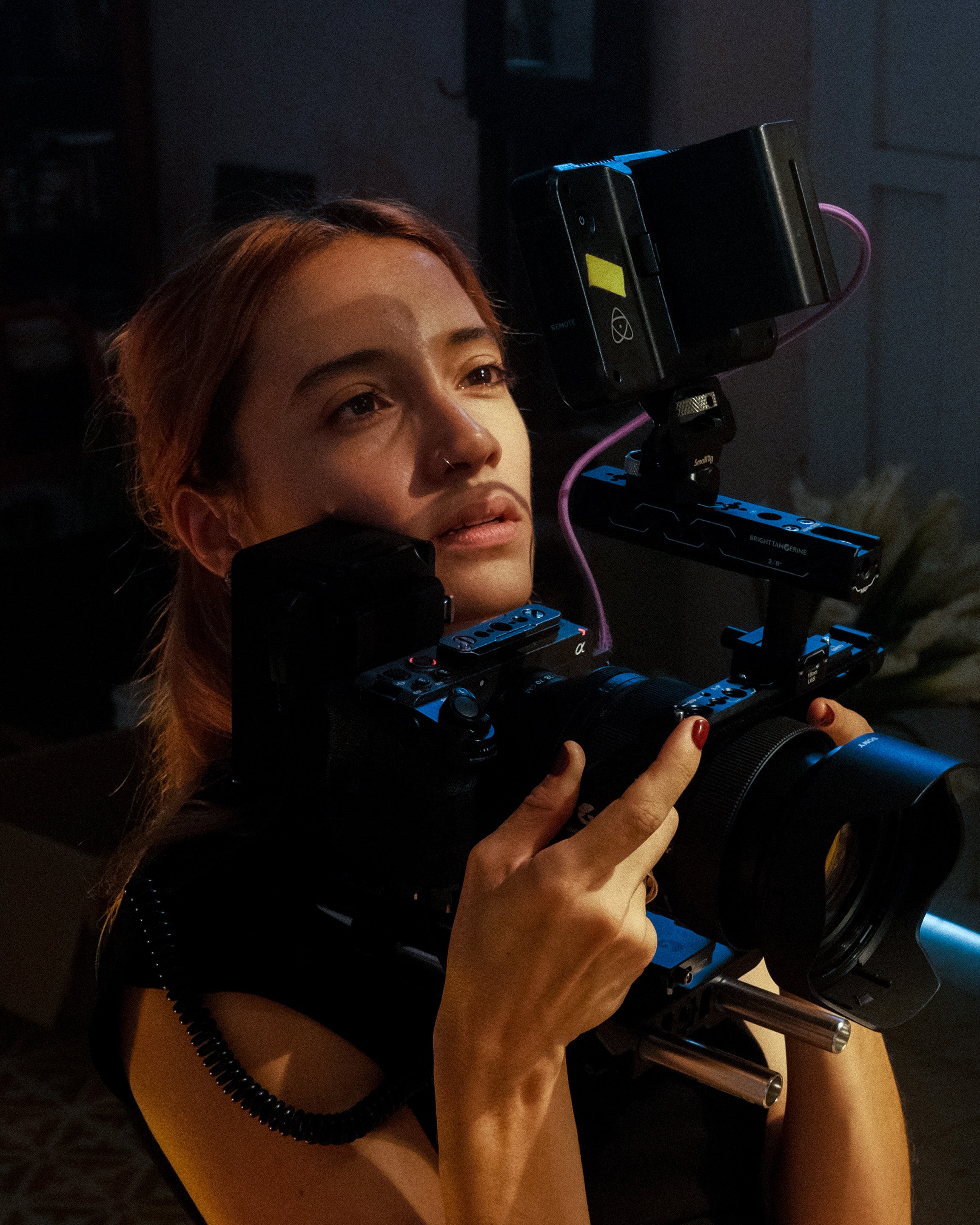
Finding Opportunities for Creative Expression, Not Obstacles
With the Day of the Dead editorial piece, viewers get a unique glimpse of a traditional holiday through the artistic eyes of a filmmaker who grew up celebrating it. But for Arceo, it's also an exploration of how the FX30 can help other creatives thrive.
"I'm really happy with the result," Arceo said. "But I'm also really excited that this could be a way for people to not think that because they don't have a bigger budget or a bigger camera that they can't do awesome stuff."
"I have put [my FX30] in really questionable situations. We've gone into the jungle to record the bees and to follow surfers, and it has been a true warrior. She's as perfect as the first time I got her."
Visit Arceo's website to see more of her work. To learn more about the FX30 and the other cameras in the Sony Cinema Line, check out our Camera Comparison Chart.
